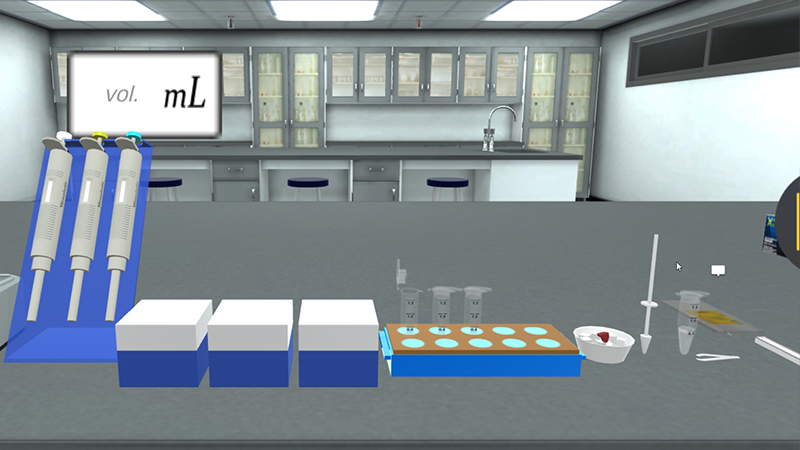Agarose Gel Electrophoresis
Biology | Molecular Biology | Biochemistry | Genetics | Microbiology






2.5M+
Active Users Worldwide
80%
Improved Learning Retention
60%
Reduction in Laboratory Costs
To separate and identify nucleic acids (DNA or RNA) by size, using agarose gel electrophoresis and an electric current in a virtual lab gel electrophoresis
Electrophoresis of nucleic acids in agarose gels, using a virtual gel electrophoresis lab.
Demonstrate proficiency with the protocol involved in agarose gel DNA electrophoresis.
The steps can be practiced using an agarose gel simulator online.
1. Size of DNA band (the heavier, the slower)
2. Agarose gel concentration (usually 0.8%).
3. DNA conformation (linear/plasmid/etc..).
4. Voltage
5. Electrophoresis buffer.
6. Ethidium bromide: EtBr is positively charged, thus; reduces the DNA migration rate by 15%. Other stains for DNA in agarose gels include SYBR Gold, SYBR green, Crystal Violet and Methyl Blue.
A DNA ladder is a mixture of DNA molecules of known lengths that is used as a reference to estimate molecular sizes of unknown DNA fragments, during a gel electrophoresis online simulation.




